Introduction

"Arctic Active Cooling. Endless Possibilities. We capture new technologies in mobile and compact cooling. Full-size cooling in a miniature design, customized to make your device stand out with innovative thermal management."
When it comes to electric vehicles (EVs), the efficiency and performance of the EV battery pack are crucial. This is where the battery cooling system plays a vital role. By regulating the temperature of the EV battery, this system ensures optimal functioning and longevity. Without effective cooling, the EV battery can suffer from reduced performance and a shorter lifespan.
Importance of Battery Cooling Systems for EVs
The importance of a reliable battery cooling system cannot be overstated in the context of EVs. These systems are designed to maintain the temperature of the EV battery pack within an optimal range, preventing overheating and ensuring efficient operation. In essence, they are essential for maximizing the overall performance and lifespan of an electric vehicle.
Key Components of an EV Battery Cooling System
An EV battery cooling system typically consists of components such as a heat exchanger, refrigerant, compressor, and condenser. These work together to regulate the temperature within the battery pack, ensuring that it remains within safe operating limits. By effectively dissipating heat from the battery cells, these components play a critical role in maintaining optimal performance.
How Effective Cooling Systems Enhance EV Performance
Effective cooling systems not only prevent overheating but also contribute to enhancing overall EV performance. By maintaining an ideal temperature range for the battery pack, these systems ensure consistent power delivery and charging efficiency. This ultimately leads to improved driving range and longevity for electric vehicles.
Overview of Battery Cooling Systems
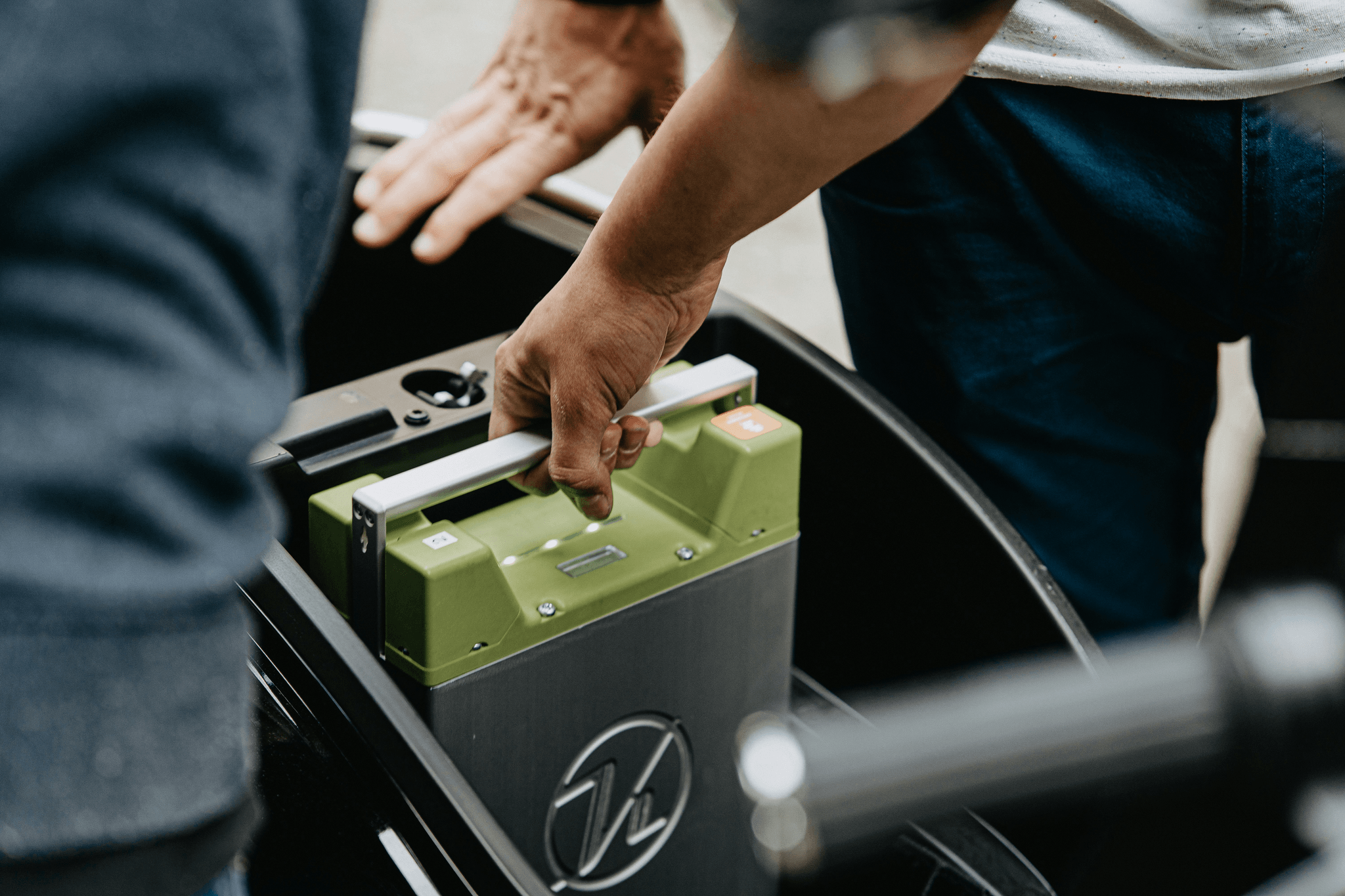
When it comes to cooling electric vehicle (EV) batteries, there are two primary methods: air cooling and liquid cooling. Air cooling involves using fans to circulate air around the battery pack, while liquid cooling uses a coolant to absorb and dissipate heat. Both methods have their own advantages and disadvantages, making them suitable for different applications.
Air Cooling vs. Liquid Cooling for EV Batteries
Air cooling is often favored for its simplicity and cost-effectiveness. It requires less maintenance and is easier to implement compared to liquid cooling systems. However, air cooling may not be as efficient in extreme temperatures or high-performance driving conditions. On the other hand, liquid cooling offers better thermal management and can maintain more consistent temperatures, but it comes with higher complexity and cost.
While air cooling may be simpler and more cost-effective, it is important to consider the specific needs and requirements of the EV batteries. For example, if the vehicle will be operating in consistently hot or cold climates, air cooling may not be sufficient to maintain optimal battery performance. In these cases, the additional investment in liquid cooling systems could ultimately result in longer battery life and improved overall efficiency.
Advantages and Disadvantages of Different Cooling Methods
The advantages of air cooling include lower cost, simpler design, and easier maintenance. It is also more lightweight compared to liquid cooling systems, making it suitable for smaller EVs or those with space constraints. On the other hand, liquid cooling provides better heat dissipation and can maintain more stable temperatures even in demanding conditions. However, it requires additional components such as pumps and radiators.
In addition to the advantages of air cooling, it is important to note that this method is also less prone to leaks and corrosion compared to liquid cooling systems. This can result in longer-lasting components and a more reliable cooling system overall. On the other hand, liquid cooling systems may be more efficient at dissipating heat, but they also have a higher risk of potential leaks and maintenance issues due to the additional components involved. Therefore, the choice between air and liquid cooling methods ultimately depends on the specific needs and constraints of the EV in question.
The Role of Arctic Active Cooling in EV Battery Cooling
Arctic Active Cooling offers micro-cooling systems that provide both air and liquid cooling options for EV battery packs. Their DC Condensing Unit (direct expansion system) is particularly effective at efficiently managing heat loads in electric vehicles. With their innovative technology, Arctic Active Cooling plays a crucial role in enhancing the performance and longevity of EV battery packs through effective thermal management.
Arctic Active Cooling's micro-cooling systems are designed to address the specific thermal management needs of EV battery packs, ensuring optimal performance and longevity. By offering both air and liquid cooling options, Arctic Active Cooling provides flexibility for manufacturers to choose the most suitable cooling solution for their electric vehicles. This adaptability is crucial in meeting the diverse requirements of different vehicle models and driving conditions, ultimately contributing to the overall efficiency and reliability of EVs.
Understanding the Tesla Cooling System
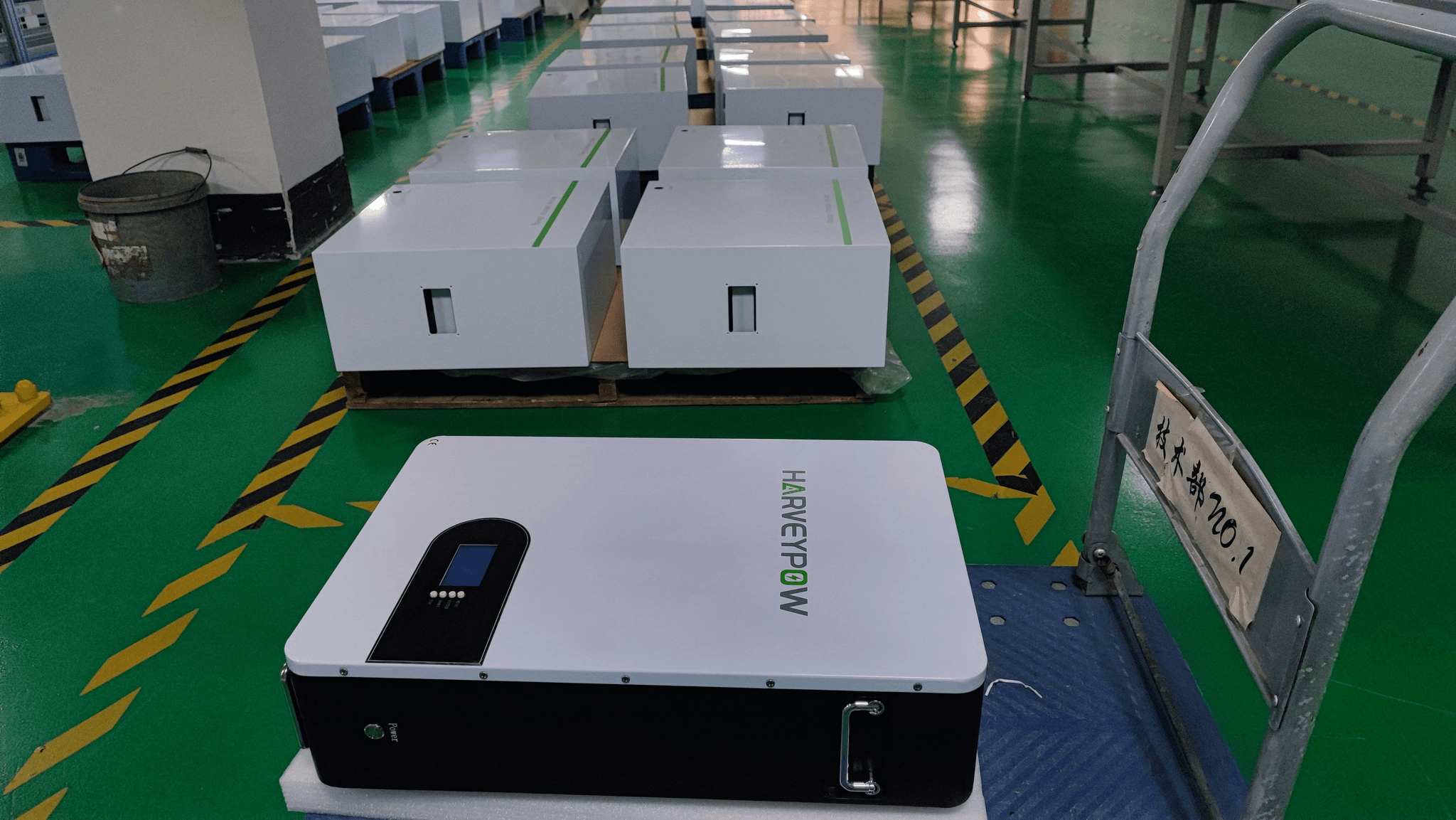
Unique Features of Tesla's Battery Cooling System
Tesla's battery cooling system is renowned for its innovative design and efficiency. Unlike traditional air cooling systems, Tesla utilizes a liquid cooling method to regulate the temperature of its EV battery pack. This allows for more precise control over the thermal management of the batteries, ensuring optimal performance and longevity.
Tesla's liquid cooling method also allows for a more compact battery pack design, maximizing space efficiency within the vehicle. This innovative approach to thermal management sets Tesla apart from its competitors, as it prioritizes both performance and practicality. By utilizing liquid cooling, Tesla is able to achieve a higher energy density in its battery packs, resulting in longer driving ranges and faster charging times.
How Tesla Sets the Standard for EV Battery Cooling
By implementing a liquid cooling system, Tesla has set a new standard for EV battery cooling. The use of coolant circulating through the battery pack helps maintain an even temperature distribution, preventing hot spots and extending the lifespan of the batteries. This approach has become a benchmark for other manufacturers in the electric vehicle industry.
Tesla's liquid cooling system has revolutionized the way electric vehicle batteries are maintained, setting a new standard for efficiency and longevity. By utilizing a coolant that circulates through the battery pack, Tesla ensures that each cell is kept at an optimal temperature, reducing the risk of overheating and potential damage. This innovative approach not only benefits the performance of Tesla's vehicles but also serves as a model for other manufacturers looking to enhance the reliability and durability of their EV batteries.
Innovations in Tesla's Battery Cooling Technology
Tesla continues to push boundaries with its battery cooling technology, constantly improving and refining its systems. The company has introduced advanced monitoring and control mechanisms to ensure that each individual cell within the battery pack is maintained at an optimal temperature. This level of precision in thermal management sets Tesla apart in the realm of EV battery cooling.
Tesla's innovative approach to battery cooling technology also includes the use of liquid coolant that circulates through the battery pack, effectively dissipating heat and maintaining a consistent temperature. This method not only ensures optimal performance and longevity of the battery cells but also enhances overall safety by minimizing the risk of overheating. By prioritizing precision and efficiency in thermal management, Tesla has set a new standard for EV battery cooling, solidifying its position as a leader in sustainable energy solutions.
The Impact of Battery Cooling on EV Range and Longevity
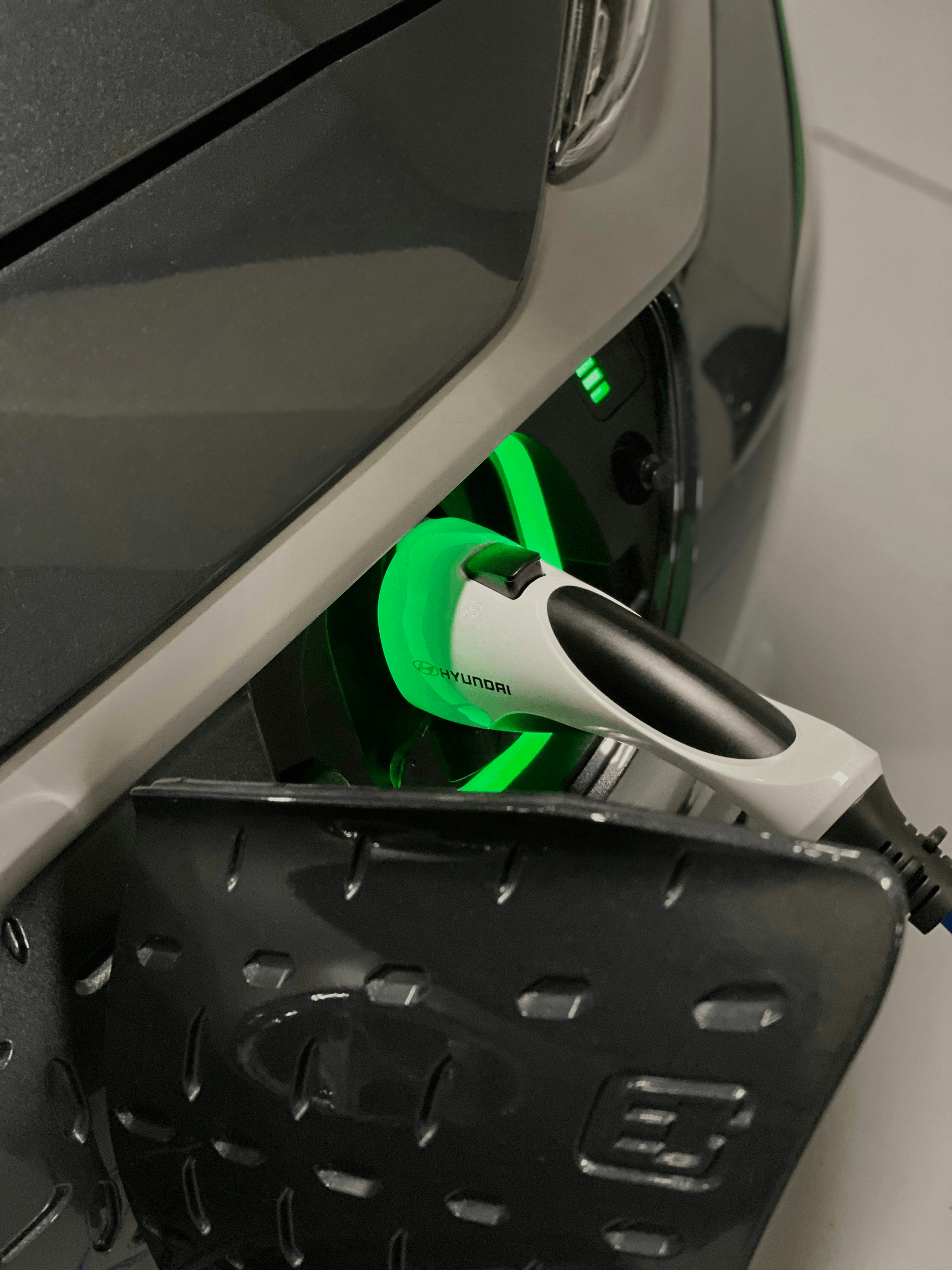
How Cooling Systems Affect EV Battery Lifespan
The efficiency and effectiveness of a battery cooling system have a direct impact on the lifespan of an EV battery pack. Proper cooling helps to maintain optimal operating temperatures, preventing overheating and thermal degradation. By managing heat dissipation, cooling systems can significantly extend the longevity of the battery, ensuring it performs at peak capacity for a longer period.
Optimizing Cooling Systems for Maximum EV Range
Optimizing the design and operation of cooling systems is crucial for achieving maximum EV range. Efficient temperature control prevents energy loss due to excessive heat, allowing the battery to maintain its charge for longer periods. By minimizing thermal stress on the battery cells, well-designed cooling systems contribute to enhanced energy retention and overall range, providing a more reliable driving experience.
Efficient temperature control is not only essential for maximizing EV range on land but also for marine EVs. The unique challenges of operating in a marine environment, such as saltwater exposure and fluctuating temperatures, make effective cooling systems even more critical. By ensuring that the battery remains within its optimal temperature range, marine EVs can achieve longer battery life and improved overall performance. Therefore, optimizing cooling systems for marine EVs is paramount for enabling reliable and efficient electric propulsion on the water.
Importance of Battery Cooling for Marine EVs
In marine electric vehicles (EVs), such as boats and ships, the importance of effective battery cooling cannot be overstated. The unique conditions of marine environments, including exposure to saltwater and fluctuating temperatures, necessitate robust cooling solutions to safeguard the performance and longevity of EV batteries. Proper thermal management is essential for maintaining optimal battery health in marine applications.
Advances in EV Cooling Technology
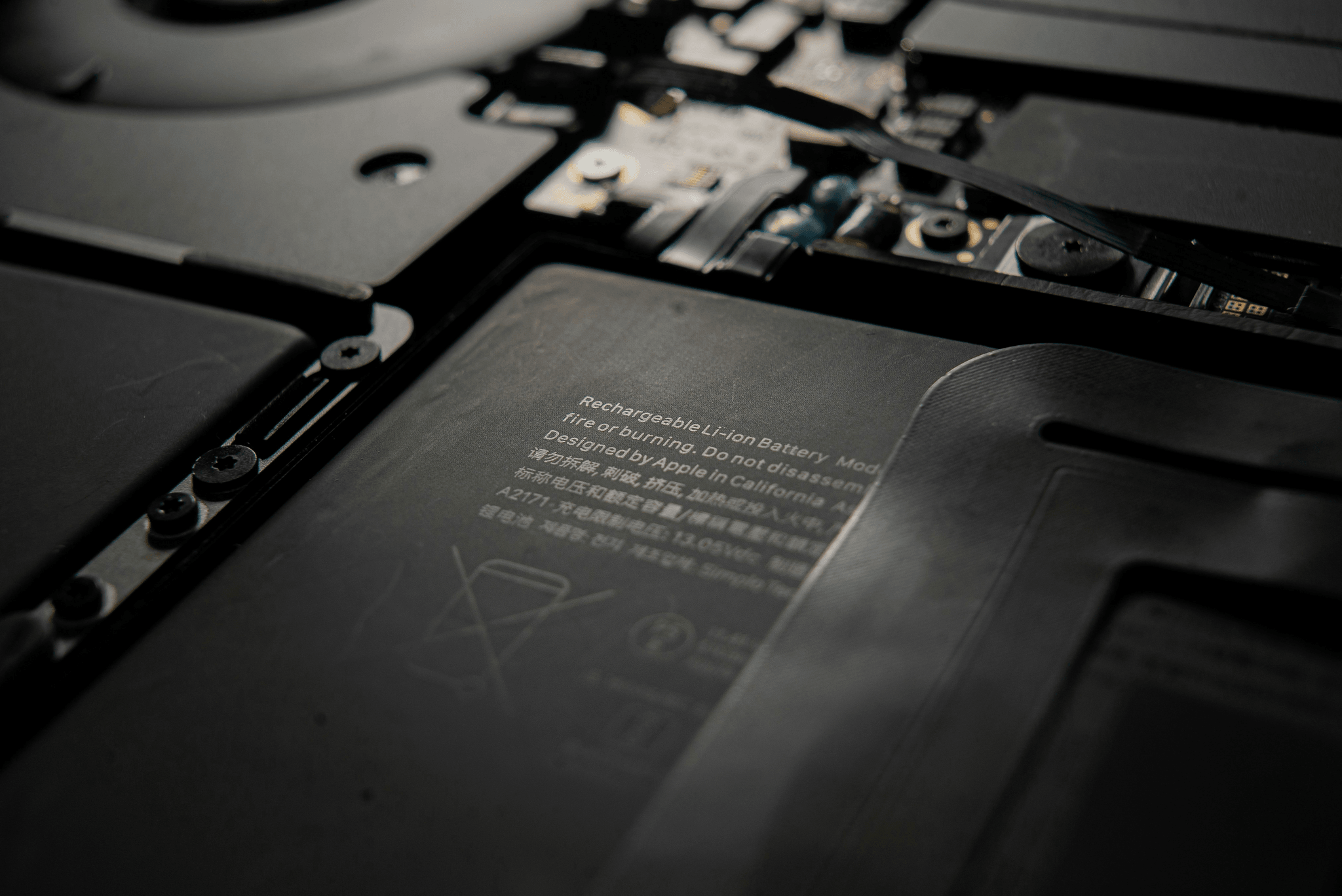
Future Trends in Battery Cooling for Electric Vehicles
As electric vehicles (EVs) continue to gain popularity, the future of battery cooling systems looks promising. One trend is the development of more efficient and compact cooling solutions to accommodate the increasing energy density of EV battery packs. Manufacturers are also exploring advanced materials and designs to enhance thermal conductivity and heat dissipation within the battery modules.
Cutting-Edge Innovations in EV Battery Cooling
Cutting-edge innovations in EV battery cooling include the use of phase change materials (PCMs) to regulate temperature more effectively. These materials absorb and release heat during phase transitions, providing a passive yet highly efficient cooling solution for EV batteries. Additionally, advancements in thermal management systems are enabling precise control over temperature distribution within the battery pack, optimizing performance and longevity.
Challenges and Opportunities in Evolving Cooling Systems
As EV technology evolves, challenges arise in developing cooling systems that can meet the demands of next-generation electric vehicles. One challenge is to balance the need for effective cooling with energy efficiency, as excessive cooling can impact overall vehicle range. However, this presents an opportunity for innovation in smart thermal management solutions that dynamically adjust cooling levels based on driving conditions and battery usage.
Furthermore, the increasing trend towards fast charging in electric vehicles presents another challenge for cooling systems. Rapid charging generates a significant amount of heat, requiring more efficient and effective cooling solutions to prevent damage to the battery and ensure safety. This challenge opens up opportunities for advancements in thermal management technology that can handle the heat generated during fast charging without compromising energy efficiency or vehicle range. As electric vehicle infrastructure continues to expand, addressing this challenge will be crucial in ensuring the widespread adoption of EVs.
Conclusion
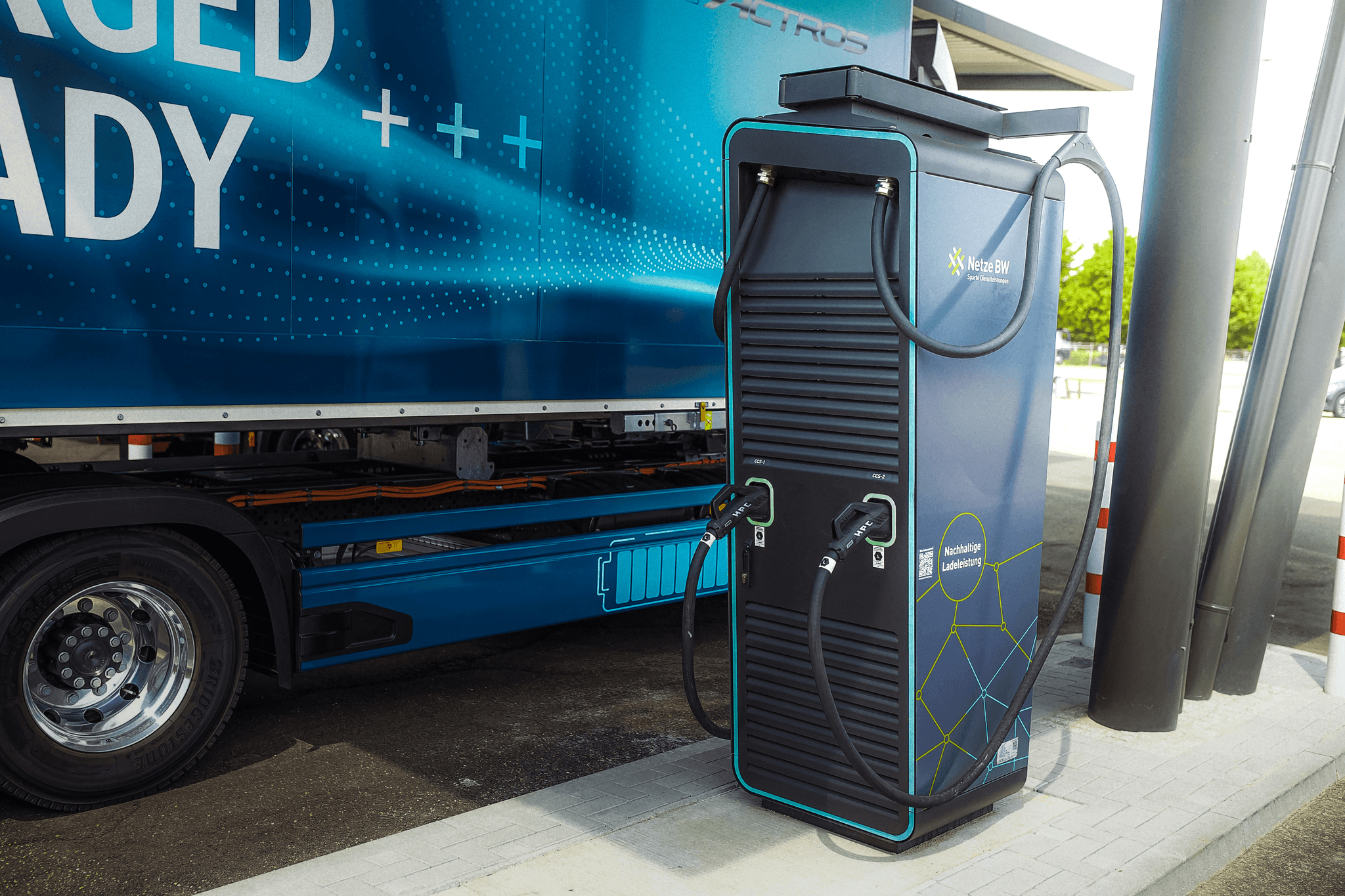
Choosing the Right Cooling System for Your EV
When it comes to selecting the ideal cooling system for your EV, it's essential to consider factors such as space, weight, and efficiency. Whether you opt for air cooling or liquid cooling, each method has its advantages and disadvantages. Understanding the unique requirements of your EV battery pack will help you make an informed decision that maximizes performance and longevity.
The Future of Battery Cooling Technology
As technology continues to advance, so does the potential for innovation in EV battery cooling systems. With ongoing research and development, we can expect to see cutting-edge solutions that further optimize cooling efficiency and effectiveness. The future holds exciting possibilities for enhancing the performance of electric vehicles through advanced battery cooling technology.
Optimizing Performance with Effective Cooling Systems
Effective cooling systems play a crucial role in maximizing the performance of electric vehicles. By maintaining optimal operating temperatures, these systems contribute to extending the lifespan of EV batteries and ensuring consistent range and efficiency. As new advancements emerge, the potential for further optimizing performance through innovative cooling solutions becomes increasingly promising.
